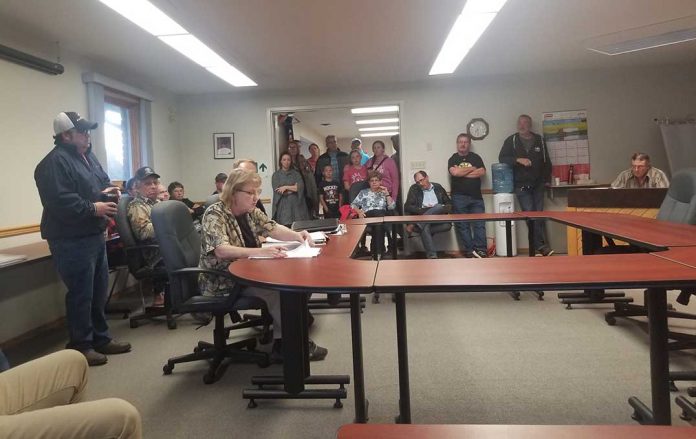Addictions and the issues surrounding mental health and wellness do not recognize boundaries defined by race or religion, although it has been well established that some communities are more systemically challenged by root causes associated with those issues: poverty, isolation and discrimination.
But when it comes to proactively tackling addictions and mental health issues, First Nations communities and organizations are miles ahead of their non-Native counterparts, at least here on Manitoulin Island.
While there may be good works taking place behind closed doors in other communities, much of that work seems to be focussed more on conversations and networking between agencies, rather than concrete proactive action. Occasionally the doors are opened and a report slips out into the wild, but little concrete action to stem the tide seems to be taking place.
One example that springs readily to mind is the placement of sharps or needle disposal sites. Although needles are being found in parks and pathways across the region, needle collection sites appear to be largely confined to First Nation communities—the need for such facilities is far more pervasive than that.
The recent pushback witnessed against the location of addictions facilities within communities may be playing a role, as NIMBYism combines with a three monkey approach to the issue to impede concrete action. Currently, those who are non-Native and attempting to battle addictions (often through no fault of their own, thanks to big pharma’s opioid campaign) on Manitoulin have to travel to Little Current, or beyond, to receive treatment.
Thanks to the insightful and proactive leadership in the First Nations, most Natives in the same struggle can access such services within their own communities. Certainly there have been pockets of funding accessible to Indigenous communities as the nation seeks to reconcile and ameliorate historical wrongs associated with the residential and day school systems and a colonial system rife with instances of systemic racism—but as noted above, the opioid crisis is not limited to one defined community.
We are most certainly not suggesting that the distribution of resources to combat addictions and mental health issues is unfair, or that less should be applied in First Nations communities. Rather, we must, as a just and civil society, recognize that the issues of addictions and mental health must be tackled effectively and with determination.
This is not to be limited to just addictions. By raw numbers, Fetal Alcohol Spectrum Disorder impacts more non-Native families than Native families, but the issue seems to be invisible to the non-Native community. The health services leadership in First Nations communities make sure the dangers of alcohol in pregnancy is front and centre and quite in your face. In non-Native communities it is still not uncommon to hear the advice to pregnant mothers from well-meaning older family members that a beer now and then can “help build your milk” or that all the negative fuss about having a few drinks is overblown. It isn’t. It has clearly been established that there is no “safe” amount of alcohol during pregnancy.
The ravages and social damage caused by addictions and mental health issues impact all of society. There are pragmatic and cold blooded economic reasons that we should deal with these issues in an effective manner. The social cost is enormous, but so is the economic impact. No matter where you fall on the partisan political divide there are solid arguments to be made that we cannot sit idly by in the hopes that the current crisis will run its course.
We, as a society, should take a page from the Indigenous communities’ playbook and get serious about tackling addictions and mental health. It is not only the right thing to do—when the balance sheet is tallied it becomes clear, we simply cannot afford the cost of inaction.




